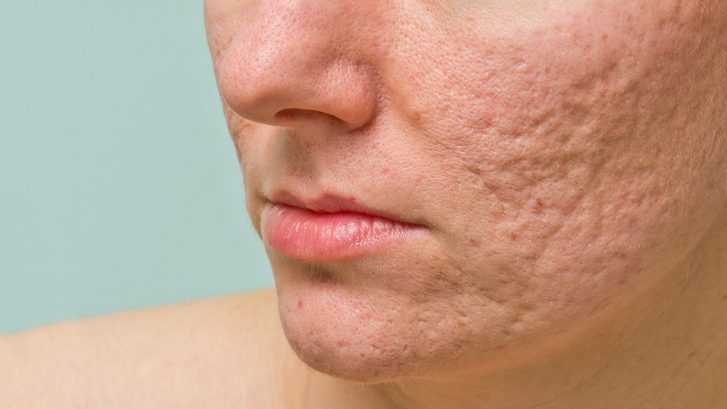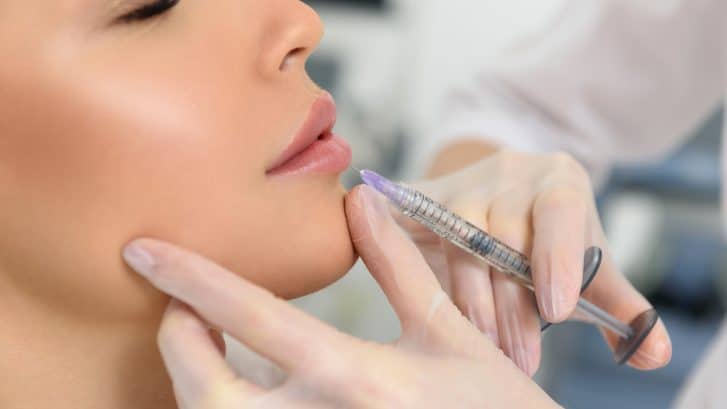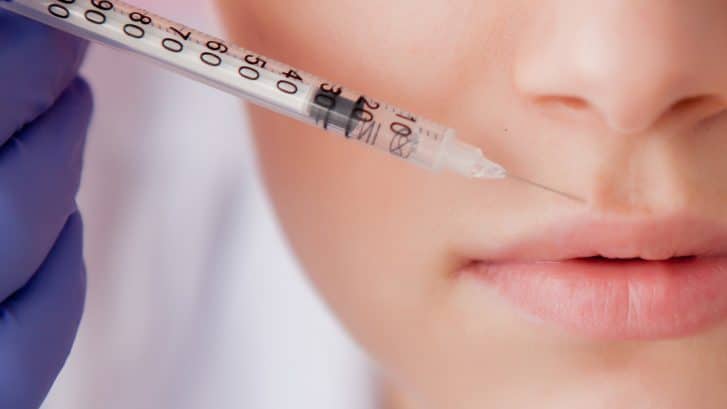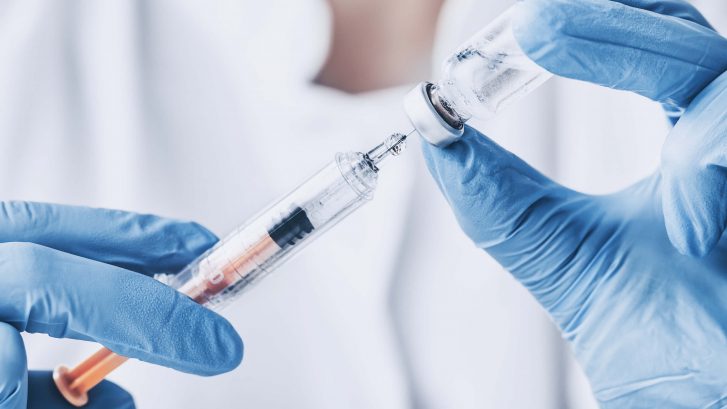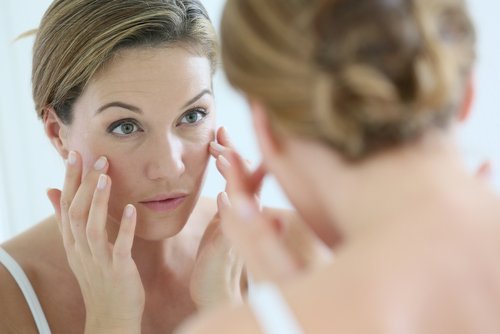Facial Facts: The Many Wonders of Botox
The human face is a treasure trove of experiences and emotions. Every gesture tells a story and every glimmer connects us to the ones we love and the world at large. But over time, facial expressions take their toll on the skin that conveys them.
Every smile, frown, and wink requires the contraction of muscles. These actions pull at the skin attached, creating fine lines. As the skin ages, wrinkles may become deep ridges. Your skin has a difficult time correcting creases along the lips, brow, and cheeks, especially in your later years.
But Botox gives you the boost you need to erase fine lines.
WHAT IS IN BOTOX?
Botox is an abbreviation for botulinum toxin. Some people fixate on the word “toxin” but there are no live toxins in this product. The chemical makeup of Botox is carefully formulated to work seamlessly with your body’s chemistry. There are seven types of botulinum toxins, but only strains A and B are FDA-approved for medical use.
Botox is a neuromodulator, which means that it interferes with the repetitive muscular contractions that contribute to wrinkles. When your muscles twitch, they release a chemical called acetylcholine. When a skilled medical professional injects Botox directly to the site of a particularly tense muscle, the neuromodulator blocks the release of acetylcholine. When the neural dance between the muscles and the nerve endings is disrupted, your expression is allowed to maintain a placid, smooth appearance.
BENEFITS OF BOTOX
The applications for Botox use are as varied as they are astounding. Because of the neuromodulator’s ability to manipulate unwanted muscular contractions, it has found its way into a wide array of studies and success stories.
Take, for example, the issue of excessive sweating. People who struggle with hyperhidrosis experience flop sweat, even when they are not particularly overheated or physically active. Botox has proven effective in reducing axillary hyperhidrosis. Doctors can inject Botox into the armpit to address the occurrence and persistence of excessive sweating.
AREAS TREATED BY BOTOX
Your aesthetic journey is unique to your image. The way you see yourself is more important than anyone else’s opinion. That is why your desired use of Botox will differ from everyone else’s. This miracle serum can smooth lines and ease tension in a plethora of facial features. The only limits are your imagination.
Botox for Ears – As we age, our ears may sag and wrinkle. Individuals who wear earrings to conceal their unsightly lines may actually be adding to the problem. The skin on the ears is sensitive, and added weight can exacerbate the aging process. You can repair your ears with a special blend called “eartox” that also plumps the sagging contours of your ear with hyaluronic acid. Your ears will perk up and ring in the youthful shape they once enjoyed!
Botox for Eyes – As they say: the eyes are the windows to the soul… and you want your soul to be open and accepting. Botox can eliminate the drooping, creased appearance that often plagues the skin around your peepers. When the bags under your eyes develop creases, no lotion or cream can accurately address the problem. A precise Botox treatment can brighten your perspective and give you a whole new outlook on the world.
Botox for the Forehead – The lines above your brow indicate surprise, elation, and worry. But you do not feel these emotions all the time, so why are those forehead wrinkles sticking around? With a strategic injection of Botox, the lines along your brow are erased. You can show emotion when you want to, not when your muscles decide to clench up.
Botox for Lips – The human mouth wears a lot of hats (metaphorically speaking). It gives us sustenance, it delivers vital communication, and it kisses our loved ones. Show your lips some love by turning back the clock! Minimize persistent lines that stand in the way of your natural attractiveness. Pucker up and consider the benefits of a younger, smoother lip-line.
Botox for Cheeks – Nasolabial folds are the troublesome creases that appear beside your nose every time you smile. They are sometimes called “parentheses” or “laugh lines” but you may not find them very funny. Botox can bring balance back to your cheeks by ironing out those nasolabial folds, allowing your natural luster to shine through.
Botox for the Chin – The lower face is wildly dynamic. Wrinkles can appear in different places on different people and with dramatically different patterns. If years of expressive movements have altered your chin, consider a Botox treatment. Keep your chin up and fine lines down!
Botox for Wrinkles – With age comes wisdom, but the wisdom may weigh heavily upon you. As you explore the wonders of life, they may cause you to worry, smirk, or trigger a cascade of other expressions. Each of these gestures may add to the wrinkling of the skin. But you know enough to battle back those fine lines with Botox. Wisdom has its perks!
Botox for the Neck – The neck may show signs of aging even faster than the face. It also carries stress, strain, and spasms. All of the above can be address by a healing round of Botox. Neuromodulators can target aching neck muscles that cause aches and pains, relaxing their activity and ushering in a new day of serenity.
Botox for Migraines – A migraine can be devastating. It can cause hallucinations, nausea, and pain for several days at a time. But Dr. Binder is a pioneer in the alleviation of migraines with the help of Botox. During your comprehensive consultation with Dr. Binder, he will ask detailed questions about the nature of your headaches. Do they emanate from the neck, from the temples, or elsewhere? Using his diagnostic prowess, Dr. Binder can administer Botox to the nerve clusters that are most likely responsible for the occurrence and persistence of migraines.
Whether you seek pain mediation or aesthetic improvement, Dr. Binder can help. To reap the rewards of his decades of discovery and innovation, contact Dr. Binder at your earliest convenience.


